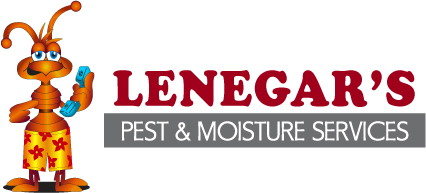Ants often enter buildings seeking food and water, warmth and shelter, or refuge from dry, hot weather or flooded conditions. They may appear suddenly in buildings if other food sources become unavailable or weather conditions change. However, under dry conditions they will nest deeper in the soil. In addition, Argentine ant colonies aren’t separate but linked to form one large “super colony” with multiple queens. When newly mated queens disperse to found new colonies, they are accompanied by workers rather than going out on their own as most other species do
Ants come in many flavors: Pharaoh, fire, thief, carpenter, odorous, crazy, little black, and more. Ants annoy us by appearing, uninvited, in our homes and refusing to leave. Worse yet, ants often lay pheromone trails to the food source they have discovered, effectively inviting all their friends to the party. Some ants go beyond annoying, actually damaging our homes or possessions. Carpenter ants make nests in the structural timbers of buildings, while crazy raspberry ants are known for wandering into appliances and causing electrical shorts. Odorous house ants leave a foul smell behind when you crush them – the ultimate revenge.
Sanitation is critical for the prevention and control of any pest. Like all living creatures, ants need water, food, and shelter for survival. Ants will leave the shelter of their colony to seek food and water. Don’t make it easy for them! Keep foods sealed, floors swept, and all surfaces cleaned.
Ants are tiny creatures and can enter homes and buildings through minute cracks and crevices. To minimize this, seal around windows and doors, and all cable, pipe, and wire entry points.
It may sound silly, but the first step in gaining control is watching the ants that enter your home or office to see where they are coming from and going to. An ant will seek food, but once it finds food, the ant will return to its nest with the crumb, leaving a scent trail behind it. By doing so, the ant provides a trail for its fellow worker ants to follow to assist in gathering the food.
Preparation Steps
Rid your home of an ant problem by doing the following things:
Clean up spills: under the stove and between stove and counter, clean under the refrigerator. By removing alternate food sources, you improve the effectiveness of pest control treatments.
Vacuum thoroughly. A small crumb is a feast to an ant.
Store food in ant-proof containers or the refrigerator.
Empty trash frequently.
Keep the dishwasher closed or empty.
Pick up pet food when your pet is finished eating and keep dog and cat food in sealed containers.
Place trash and recycle cans away from the house
Keep in mind when planting trees, shrubs and plants the size they will grow and keep away from touching the house.
Keep gutters clean, many times ants travel in the gutters and when we get rain they come out of the gutters and into the house, remember most of the ants we see are “protein eating ants” verses sugar.
